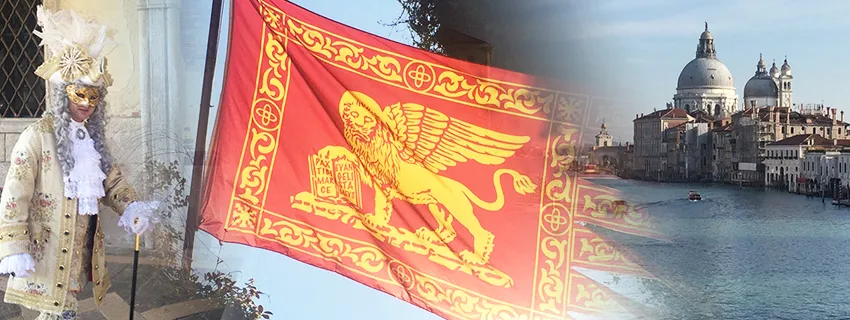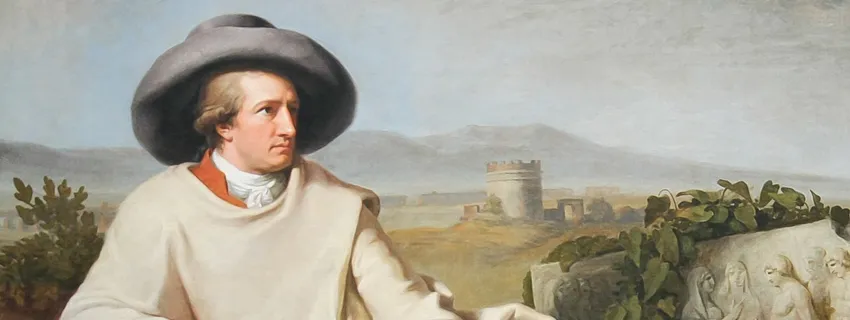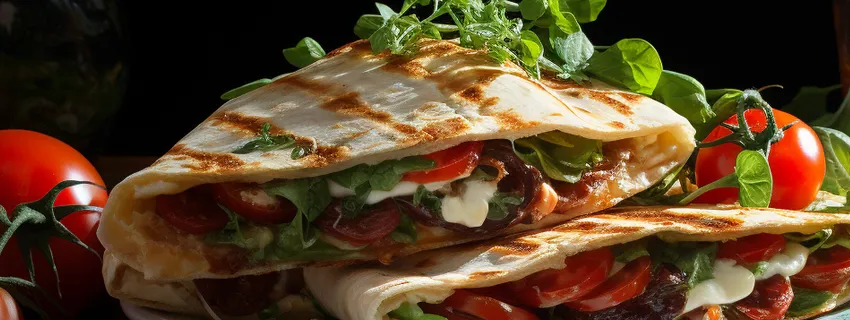Published:
Author: Antonio Maria Guerra
Italian Food Places
The Most Typical Food and Wine

Welcome! This section of WebFoodCulture is dedicated to the most typical Italian food and wine specialties, presented according to their places of origin. We will illustrate their history and places, seasoning everything with many information and interesting facts. Finally, we will discover the most traditional restaurants and producers, thanks to which we will savor the most authentic taste of such delicacies. Enjoy the reading!
The Italian Region of Veneto, thanks to its particular morphology including plains, mountains, and coasts, can boast a great variety of specialties. Delicacies that delight the palate, accompanying the visitor of the splendid cities of art and of the many places rich of unique landscape views. Let’s discover them together, guided on this appetizing journey by the most traditional food producers and restaurant owners. (read more)
Ultimo aggiornamento
Venice is without doubts one of the most fascinating places in the world. The foundations of its magnificent palaces, legacy of a glorious past, lay on a multitude of small islands, connected to each other by a dense network of narrow canals. Let’s navigate through them aboard a romantic ‘gondola’, looking for the most exquisite delicacies the ‘Doge’s city’ can offer.
The Euganean Hills rise up in Northeast Italy, not far from the city of Venice. This group of Volcanic reliefs has few rivals in terms of history, beauty and charm. It’s like a treasure chest, full of precious jewels. Among these, the local food and wine: let’s start knowing and appreciating these delicacies, surrounded by enchanting landscapes, suspended between past and present. (read more)
Although many believe, probably because of the name, that Harry’s Bar is a bar, this is only partially true: it’s in fact primarily a restaurant. A very particular restaurant, that’s for sure: as already mentioned in another paragraph of this article, its owners have managed to merge elegance, refinement and what can be called the ‘spirit of the trattoria’. (read more)

In September 1786, the famous German writer J.W. von Goethe ate at the Trattoria Ballotta, enjoying particularly some dishes: the ’baccalà mantecato’ (creamed cod), the Montagnana ham and the stuffed quail. (read more)
Emilia-Romagna is an Italian region rich in history and culture, not to mention the incredible charm of its landscapes. Over the centuries, these factors have contributed to the development of a food and wine tradition that can boast many irresistible specialties. Let’s find out these delicacies, with help from their most traditional producers. (read more)
Piadina Romagnola.
It’s impossible to determine the date of birth of ‘Piadina’: we know for sure that it’s the result of the evolution of unleavened bread, (read more)
‘Osole mio’, one of the most famous Italian songs, is very effective in celebrating the joyful spirit of Naples and its people. A spirit strongly present also in the food of this city: let’s get familiar with it, appreciating its history and its exquisite ingredients. Let’s be carried away by a whirlwind of colors and flavors overwhelming all senses. (read more)
Margherita: a ‘food puzzle’.
Margherita pizza is the final result of an evolution lasted for centuries. Evolution started with the preparation of the first flatbread, continued with the invention of mozzarella cheese, and ended with the discovery of a vegetable in the New World: tomato. (read more)
Copyright information.
To get copyright information about the images on this page, please refer to the copyright section of each article.









